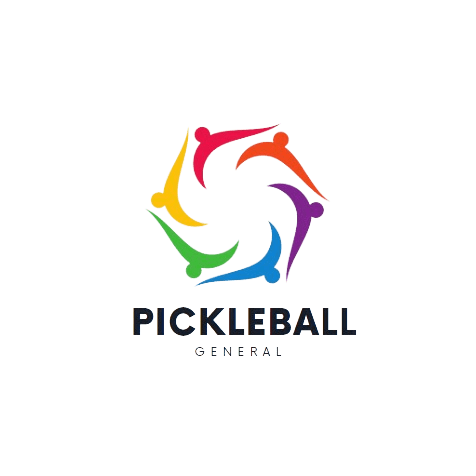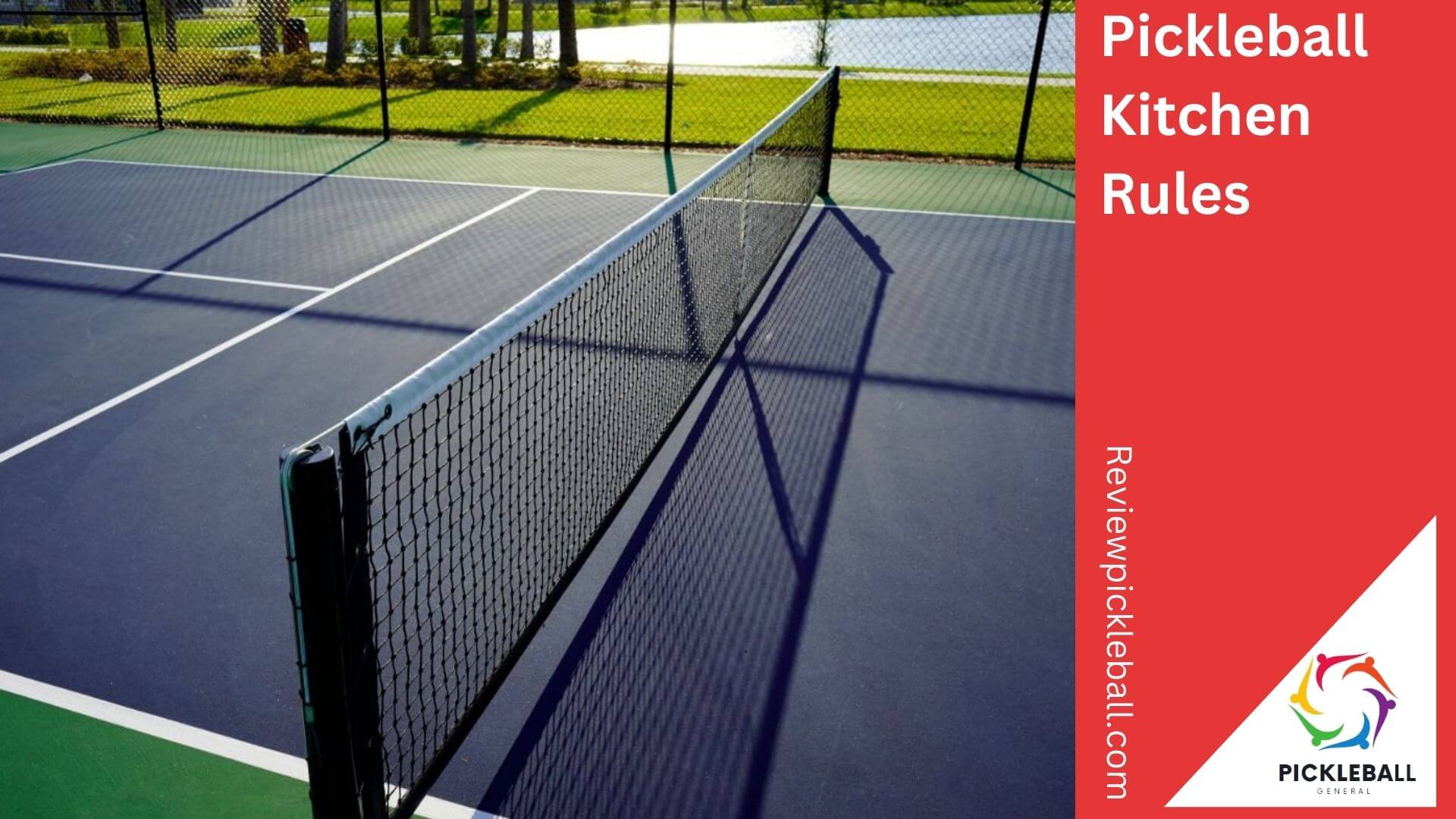The basics of pickleball’s kitchen, walk through the actual rules straight from the source and finally answer the most common questions perpetuating the misinformation. Grab your magnifying glass, because you are about to see the details of the Pickleball kitchen rules.
What is the Kitchen in Pickleball?
The kitchen, officially known as the non-volley zone (NVZ), is a critical area on the pickleball court. It extends 7 feet from the net on both sides, spanning from sideline to sideline. Understanding the kitchen and its associated rules is essential for players aiming to improve their game and avoid common faults.
Why is the NVZ Called the Kitchen?
The origin of the term “kitchen” in pickleball isn’t definitively known, but there are a couple of popular theories:
Shuffleboard Connection
In shuffleboard, the kitchen refers to the area behind the scoring zones where players lose points if their disc lands there. Given pickleball’s roots in various leisure games, it’s possible that the term was borrowed from shuffleboard.
Old Phrase
Another theory is that it comes from the phrase “If you can’t stand the heat, get out of the kitchen.” This makes sense as the kitchen area in pickleball can become quite intense during play.
Also Read: Illegal Pickleball Serves
How Big is the Kitchen in Pickleball?
A standard pickleball court is 44 feet long and 20 feet wide. The kitchen covers the area within 7 feet of the net on each side, resulting in a 7-foot deep and 20-foot wide space, totaling 140 square feet on each side of the net.
Pickleball Court Dimensions
- Court Length: 44 feet
- Court Width: 20 feet
- Kitchen Depth: 7 feet
- Kitchen Width: 20 feet
- Total Kitchen Area: 140 square feet
Pickleball Kitchen Rules to Know
Understanding and adhering to kitchen rules is vital for playing pickleball correctly and effectively. Here are the essential rules related to the kitchen:
No Volleying in the Kitchen
Players cannot volley the ball while standing in the kitchen. A volley is hitting the ball before it bounces, and doing so within the NVZ is a fault. This rule applies at the moment of contact during the follow-through and during any momentum that carries the player into the kitchen.
The Kitchen Line is Part of the Kitchen
The lines that define the kitchen area, including the kitchen line itself, are considered part of the kitchen. Therefore, stepping on any of these lines while volleying results in a fault.
Body and Equipment Restrictions
No part of the player’s body or equipment can touch the kitchen during a volley. This includes not only the player’s feet but also their paddle, clothing, and any other equipment.
Momentum Rule
If a player’s momentum from a volley carries them into the kitchen or onto the kitchen line, it is a fault, even if the next shot by the opponent has already been played.
Establishing a Position Outside the Kitchen
Players must re-establish both feet outside the kitchen before hitting a volley. This rule ensures that players cannot simply jump out of the kitchen while hitting a volley; both feet must touch the ground outside the kitchen first.
Serving and the Kitchen
When serving, the ball must clear the kitchen line. A service that lands on the kitchen line is considered a fault. The service must land in the diagonal service court, completely clearing the kitchen area.
What Can You Do in the Kitchen?
While the kitchen has specific restrictions regarding volleying, players are allowed to enter the kitchen for other types of shots:
Groundstrokes
Players can enter the kitchen to hit the ball after it has bounced.
Dinks
A common strategy is where players hit a soft shot that lands in the opponent’s kitchen, forcing them to let it bounce.
Dinking in Pickleball
A “dink” is a soft shot played near the kitchen line, intended to land in the opponent’s kitchen. This shot requires finesse and control and is often used to create scoring opportunities by keeping the ball low and close to the net.
The Erne Shot
The Erne shot is an advanced technique where the player positions themselves outside the sideline to volley the ball close to the net, bypassing the kitchen restrictions. Named after Erne Perry, this shot is effective but challenging to master.
Also Read: What Are The 5 Serving Rules In Pickleball
Conclusion
Mastering the kitchen rules is essential for any pickleball player looking to improve their game. By understanding and following these rules, players can avoid faults and gain strategic advantages during play. Whether you’re a beginner or an experienced player, adhering to kitchen rules ensures a fair and enjoyable game for everyone on the court.

